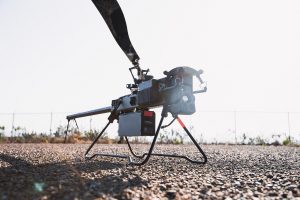
While the military services will take responsibility for developing and fielding artificial intelligence (AI) applications for weapons systems, the Pentagon's Joint Artificial Intelligence Center (JAIC) is focusing on improving and accelerating decision making by commanders and on ensuring that the military services adhere to ethical AI standards, the director of JAIC said on June 24. "Most AIs that run specific systems...are service-developed or service-led," Marine Lt. Gen. Michael Groen, the JAIC director, told reporters in a June 24 Pentagon briefing…














